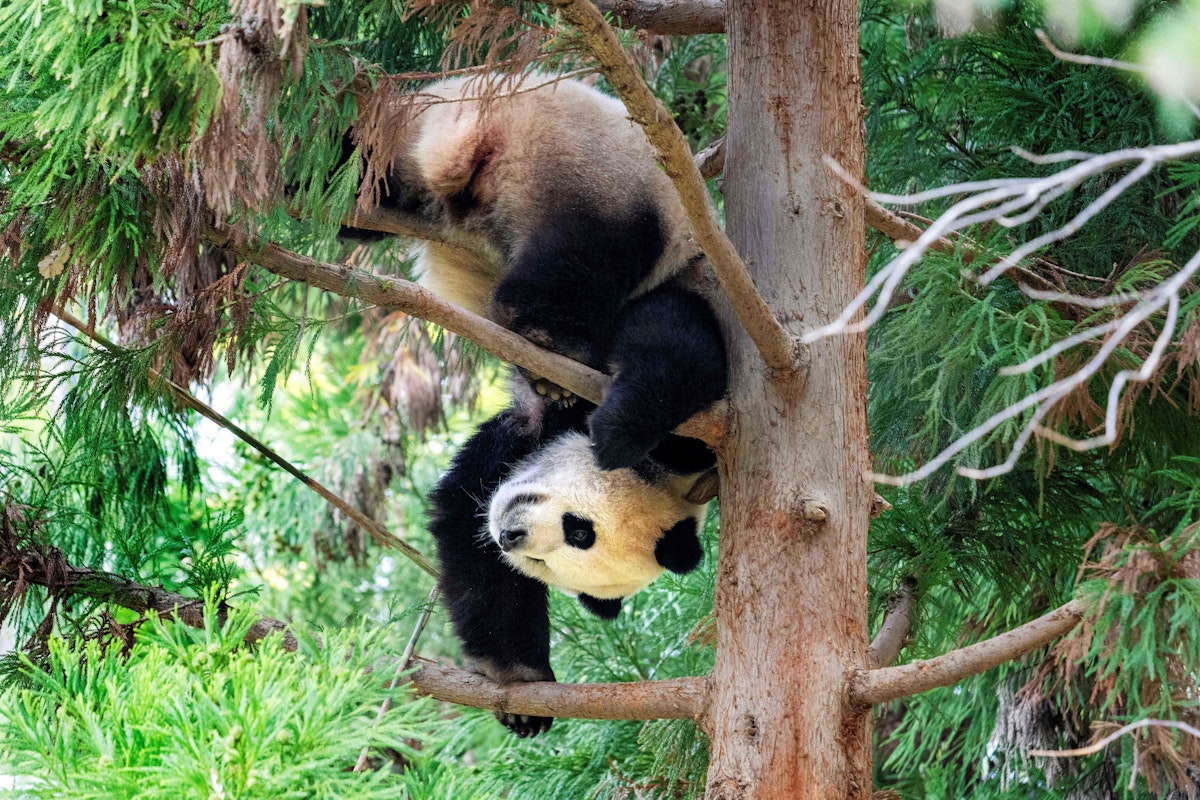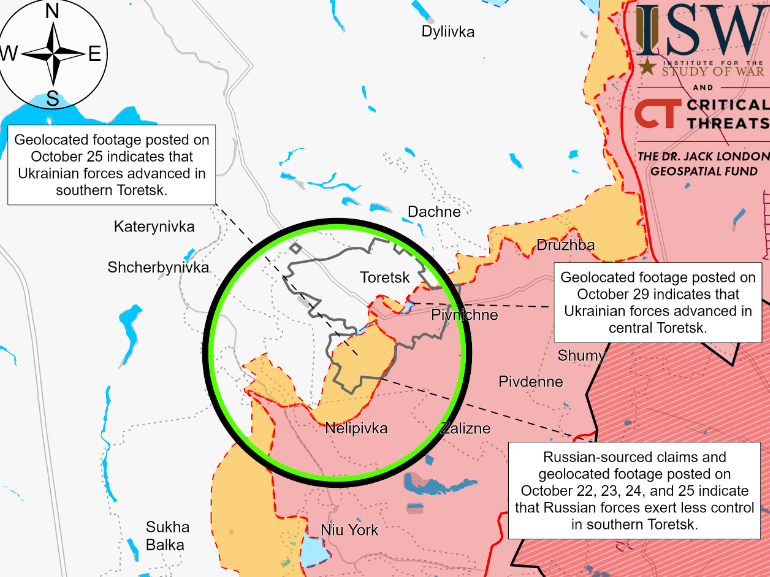The D.C. Pandas Might Have Changed My Mind About Zoos
The American Museum of Natural History devotes three of its grand, dim halls to skin, feathers, and fur. The museum’s dioramas, boxes of manufactured nature, are some of the most famous displays of taxidermy in the world. The animals inside them were hunted by imperialistic, monocle-wearing idiots in the late nineteenth or early twentieth century, brought here from Africa and Asia and across the Americas, and skinned and stretched over sculpted molds. Their marble eyes have been glinted and their poses curated. They stand in artificial recreations of their natural habitats. Each false leaf has been colored; each grain of sand placed.Never have I taken such great comfort in dead things.The dioramas move me each time I visit them. They’ve made me feel close to nature; allowing me near beauty I’ll likely never see in the flesh. Most important to my appreciation, though, is my relative lack of guilt. Because, unlike other animals I’ve seen by way of a ticket, the museum’s have never known captivity. And I am a longtime, staunch zoo-hater.That is, until recently. Some headlines led me down a researching rabbit hole, and at its bottom, I was forced to concede something: If I bypass the museum’s displays, if I instead go to the Bronx and Central Park Zoos and stand before caged, living animals, suffering from a lack of space and freedom, I may make a greater positive impact on natural conservation.This week, the National Zoo in Washington, D.C. sent its three giant pandas back to China. The return, announced last month, fits into a trend of panda exodus at American zoos. Analysts have speculated about what this means for relations between the States and China, whose “panda loans” have been diplomatic symbols since 1972. Beyond political predictions, though, one thing is for sure: People are sad to see them go.The Washington Post’s Molly Roberts wrote about the Zoo’s “Panda Palooza” farewell celebration, where “even the grumpiest-looking tourists” laughed at a panda’s “sploot” position. Pandas bring joy, she wrote, and their departure “is a loss for every human whose heart leaps at the sight of a giant black-and-white bear.” Most importantly, Roberts claimed that pandas in more places “mean more support for their conservation.”It’s that last part I’ve always balked at. At zoos and aquariums, visitors are barraged with the assurance that cages are for good. It’s a hard thing to believe, as one watches a polar bear, whose fur is stained with dry dirt, sleeping heavily in southern California. It’s a hard thing to believe as one stands before a Shedd Aquarium tank in Chicago, stuffed with penguins bathed in fluorescent light, each with a tag fastened around its ankle, while nacho cheese is ladled onto a soft pretzel ten feet away.But I can’t argue with the numbers. According to a study published in Nature Communications, zoos and aquariums around the world contribute about $350 million to wildlife conservation efforts per year. They’re the third largest contributor to the cause, behind only the Nature Conservancy and the World Wildlife Fund. Dozens of species that were extinct in the wild have been rehabilitated and reinstated in their natural habitats because of the efforts of zoos. They’ve contributed mass quantities of scientific research.Those efforts are funded by over 700 million visitors each year—181 million of them in the United States, alone—and their contributions are uniquely dependable because they’re not donors. They’re not buying tickets to help endangered species. (If that was the goal, they’d send a check in the mail.) No, zoo-goers exchange money for an exotic experience: the up-close ogling of a tiger’s bone-crushing teeth as it yawns, the easy muscle of a swinging orangutan, the endearing indolence of a giant panda. And as pathetic as those ASPCA ads set to Sarah McLachlan in the aughts were, pleas for donations will never have the earning potential of entertainment. If we want more money for conservation, providing a product may be our best bet.At zoos and aquariums, the products are the animals, and I can stomach their captivity only when I think of each as a sacrifice, benefiting a mass of wild counterparts. It’s about time the realm of captivity entertainment leaned into this notion. If zoos functioned less like profit machines, nursing wealthy CEOs—if they cut the preposterous wild-animal-rescued-from-the-wild narrative and emphasized that while animals don’t belong in cages, their exhibits are for the greater good—they may attract more money from my curmudgeonly cohort. And our job is neither to boycott or angelize them, but to publicly shame them when they do extra-wrong—like shoot a gorilla who acted on natural instinct or separate orcas from their young—to reward them with federal funds when they do assist and reintroduce wild species, and to suck it up and go see the fat bears.As the National Zoo’s giant pandas depart, they leave a loving audience behind. I’d once hoped that at the end of

The American Museum of Natural History devotes three of its grand, dim halls to skin, feathers, and fur. The museum’s dioramas, boxes of manufactured nature, are some of the most famous displays of taxidermy in the world. The animals inside them were hunted by imperialistic, monocle-wearing idiots in the late nineteenth or early twentieth century, brought here from Africa and Asia and across the Americas, and skinned and stretched over sculpted molds. Their marble eyes have been glinted and their poses curated. They stand in artificial recreations of their natural habitats. Each false leaf has been colored; each grain of sand placed.
Never have I taken such great comfort in dead things.
The dioramas move me each time I visit them. They’ve made me feel close to nature; allowing me near beauty I’ll likely never see in the flesh. Most important to my appreciation, though, is my relative lack of guilt. Because, unlike other animals I’ve seen by way of a ticket, the museum’s have never known captivity. And I am a longtime, staunch zoo-hater.
That is, until recently. Some headlines led me down a researching rabbit hole, and at its bottom, I was forced to concede something: If I bypass the museum’s displays, if I instead go to the Bronx and Central Park Zoos and stand before caged, living animals, suffering from a lack of space and freedom, I may make a greater positive impact on natural conservation.
This week, the National Zoo in Washington, D.C. sent its three giant pandas back to China. The return, announced last month, fits into a trend of panda exodus at American zoos. Analysts have speculated about what this means for relations between the States and China, whose “panda loans” have been diplomatic symbols since 1972. Beyond political predictions, though, one thing is for sure: People are sad to see them go.
The Washington Post’s Molly Roberts wrote about the Zoo’s “Panda Palooza” farewell celebration, where “even the grumpiest-looking tourists” laughed at a panda’s “sploot” position. Pandas bring joy, she wrote, and their departure “is a loss for every human whose heart leaps at the sight of a giant black-and-white bear.” Most importantly, Roberts claimed that pandas in more places “mean more support for their conservation.”
It’s that last part I’ve always balked at. At zoos and aquariums, visitors are barraged with the assurance that cages are for good. It’s a hard thing to believe, as one watches a polar bear, whose fur is stained with dry dirt, sleeping heavily in southern California. It’s a hard thing to believe as one stands before a Shedd Aquarium tank in Chicago, stuffed with penguins bathed in fluorescent light, each with a tag fastened around its ankle, while nacho cheese is ladled onto a soft pretzel ten feet away.
But I can’t argue with the numbers. According to a study published in Nature Communications, zoos and aquariums around the world contribute about $350 million to wildlife conservation efforts per year. They’re the third largest contributor to the cause, behind only the Nature Conservancy and the World Wildlife Fund. Dozens of species that were extinct in the wild have been rehabilitated and reinstated in their natural habitats because of the efforts of zoos. They’ve contributed mass quantities of scientific research.
Those efforts are funded by over 700 million visitors each year—181 million of them in the United States, alone—and their contributions are uniquely dependable because they’re not donors. They’re not buying tickets to help endangered species. (If that was the goal, they’d send a check in the mail.) No, zoo-goers exchange money for an exotic experience: the up-close ogling of a tiger’s bone-crushing teeth as it yawns, the easy muscle of a swinging orangutan, the endearing indolence of a giant panda. And as pathetic as those ASPCA ads set to Sarah McLachlan in the aughts were, pleas for donations will never have the earning potential of entertainment. If we want more money for conservation, providing a product may be our best bet.
At zoos and aquariums, the products are the animals, and I can stomach their captivity only when I think of each as a sacrifice, benefiting a mass of wild counterparts. It’s about time the realm of captivity entertainment leaned into this notion. If zoos functioned less like profit machines, nursing wealthy CEOs—if they cut the preposterous wild-animal-rescued-from-the-wild narrative and emphasized that while animals don’t belong in cages, their exhibits are for the greater good—they may attract more money from my curmudgeonly cohort. And our job is neither to boycott or angelize them, but to publicly shame them when they do extra-wrong—like shoot a gorilla who acted on natural instinct or separate orcas from their young—to reward them with federal funds when they do assist and reintroduce wild species, and to suck it up and go see the fat bears.
As the National Zoo’s giant pandas depart, they leave a loving audience behind. I’d once hoped that at the end of their journey to the China Wildlife Conservation Association, they wouldn’t land in a glass enclosure. Now, I also hope they retain their earning potential.



